Microinteraction : 1D
Microinteraction : Driving user's engagement
When I came to Parsons, I was surprised that most students desire to become user experience designers. Even though there are many fields in design, the reason why they are interested in UX may be they are accustomed to coding and design, or they are interested in providing a convenient design for people and solving social issues.
In fact, I am also very interested in User experience and User interface design. That's why I mainly used the mobile app as my first project. The project focused on ways to show comfortable visuals and designs that people could easily understand. And now, I want to continue to study the relationship between design and people. So I chose a domain related to the comfortable visual. But I had been wondering how to set up a domain and define the field. There are so many areas I want to study. So I chose the domain that can improve accessibility when individuals first look at the design.And I thought it is matched well with my personalities, because
“I am a person who likes details.”
First, I concentrated on the process of people enjoying visuals and the essential elements of good design. Famous scholars saw the beautiful work of many artists in addition to the elements that should be included in a good UI design. Then suddenly there was a question. The general public feels pleasure and feel its beautiful are all different. So I thought I was too focus on subjective factors and lose my objectivity, and went back to the first step and thought about the factors that will make people feel happy even before they feel it.
One of the methods was a way to reach people's empathy. Therefore, I would like to study the elements of empathy in this project and find ways in which these small empathies can influence the interactions of the instruments for web and mobile.
Background Research
Meaning of Microinteractions are small moments where the user and design interact. When they’re well designed, micro interactions enhance the user’s experience with the design. When they’re poorly designed, they damage the experience.
The Structure of Microinteractions
Image : http://microinteractions.com/
What makes effective microinteractions is not only their contained size, but also their form. A beautifully-crafted microinteraction pays attention to all four parts of a microinteraction.
A Trigger initiates a microinteraction. The Rules determine what happens, while Feedback lets people know what’s happening. Loops and Modes determine the meta-rules of the microinteraction. Each part gets detailed in its own chapter in Microinteractions.
Inspirations
www.pinterest.com/lmh1062/interaction/
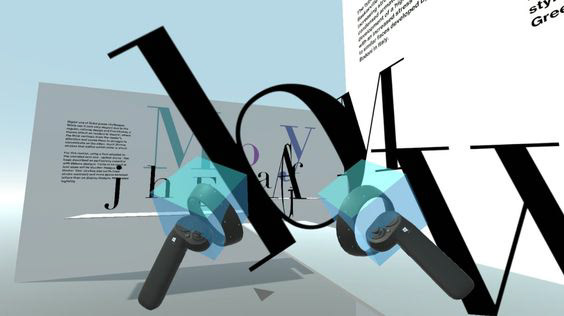


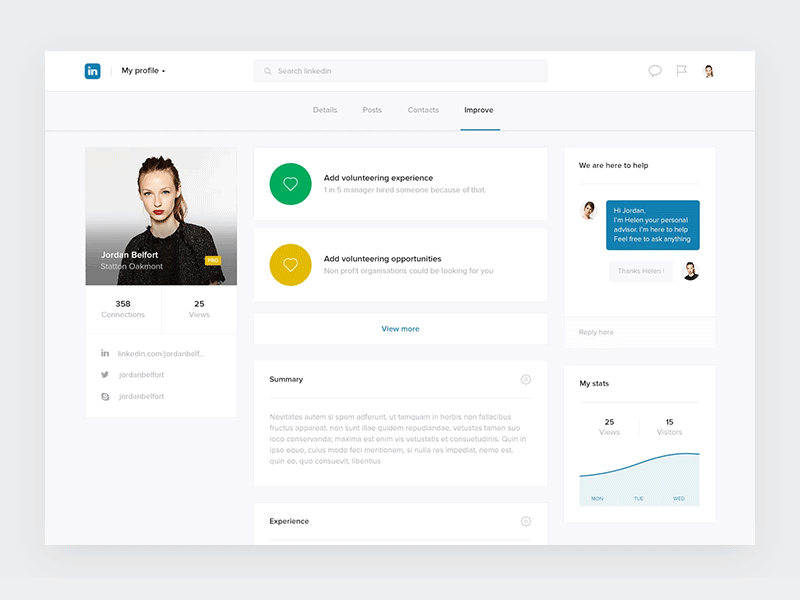
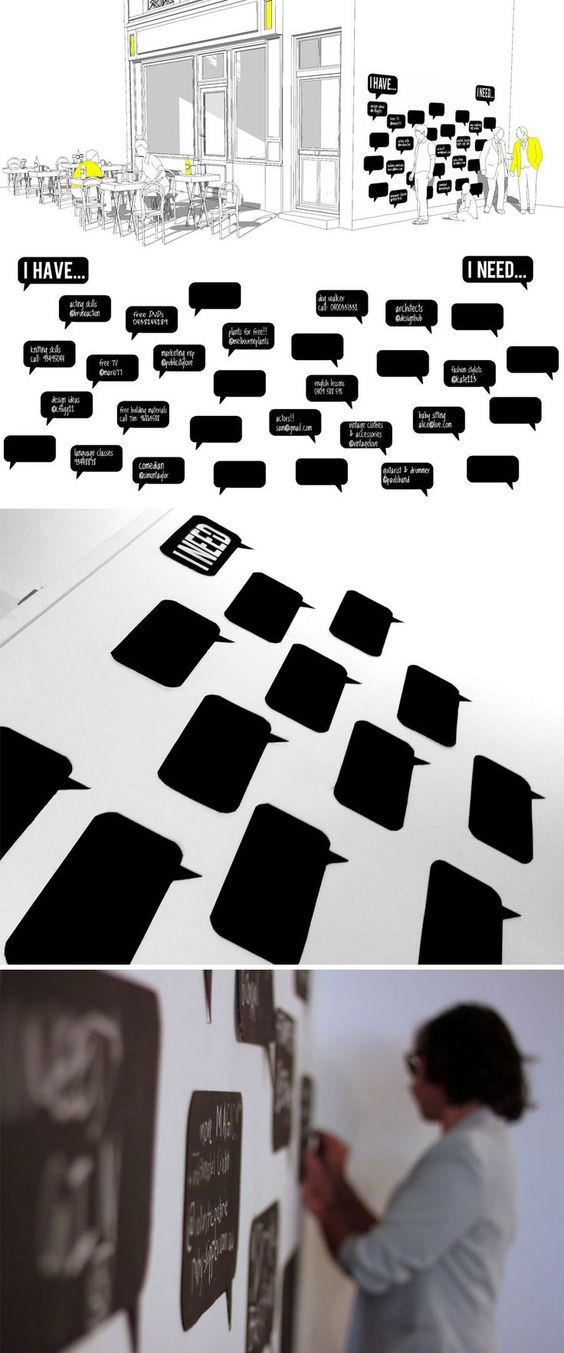
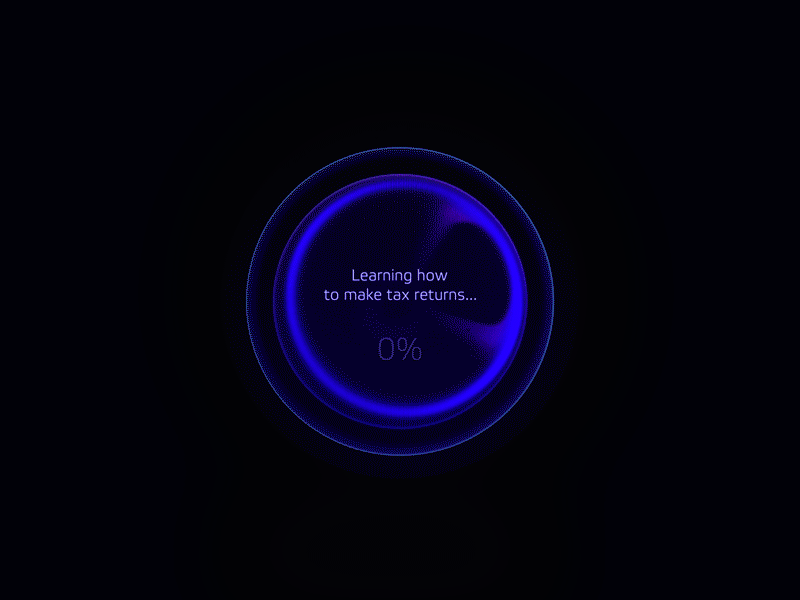
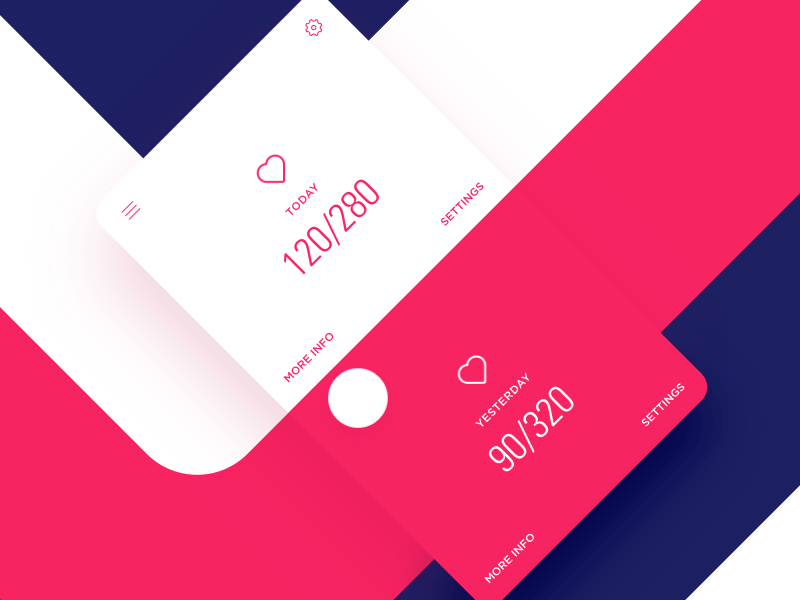
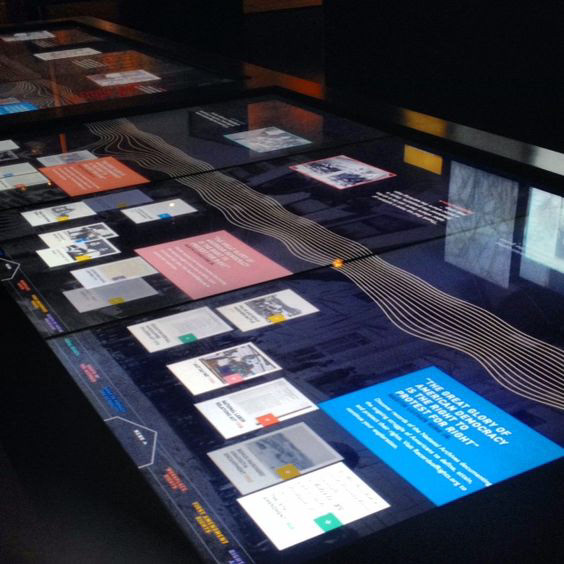


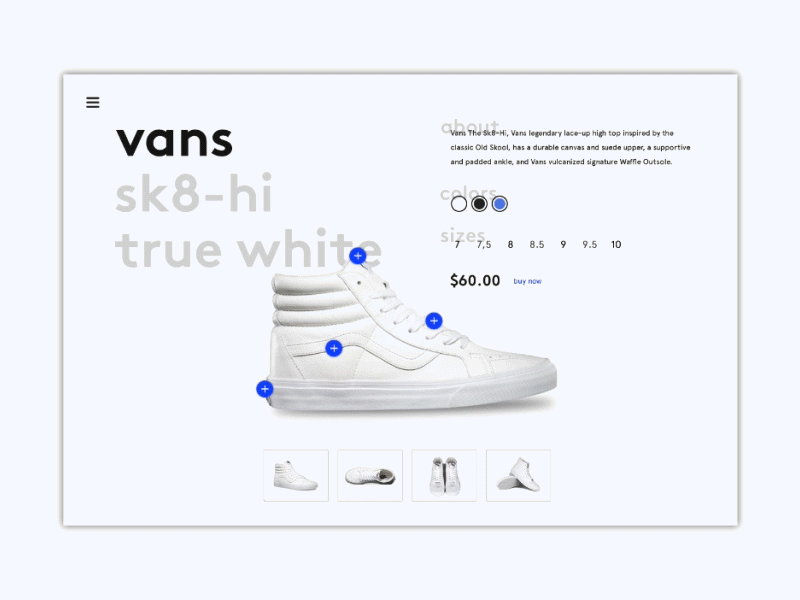



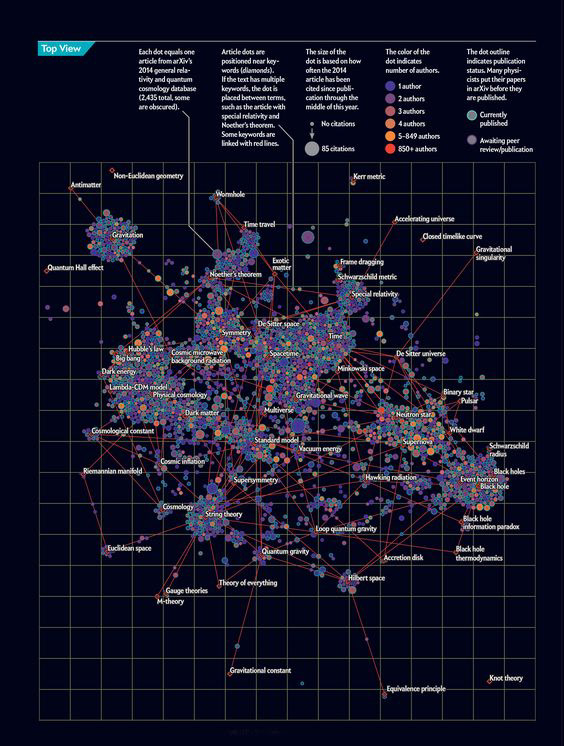
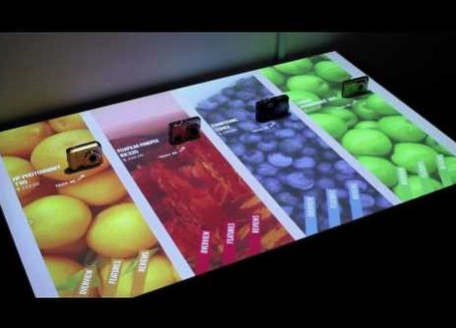
Analysis


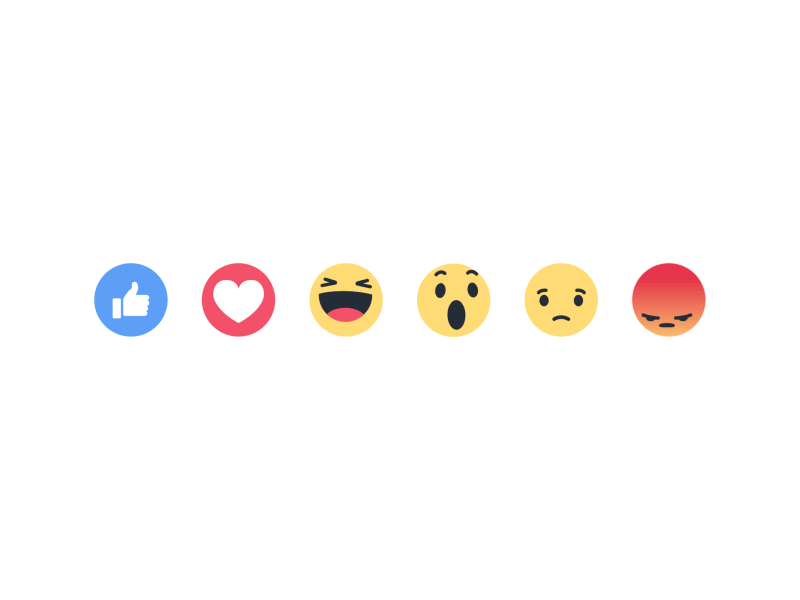
These motions are already variously designed and visuals representing the UI. Many designs are introduced and produced in various versions, but many people are not confused when using a variety of UIs for the same purpose. Why? One thing is for sure, people are aware of what it is through their experience and have learned enough about what options will be offered when they touch it. So you can use it well without being embarrassed to see other design icons.
This emoji was Oxford's 2015 Word of the Year. This is a good example of how an icon that is not related to micro-interactions but that has a meaning through learning can be more effective than conveying information through text.
https://www.nngroup.com/articles/f-shaped-pattern-reading-web-content/
This heat map is called eye tracking that is used to web design and advertisement market. The middle one is a strong example of the F-pattern. This heat map aggregates gazes from people who trying to read the article. The top, most read section of the heatmap (represented with the color red) resembles the capital letter “F”. Base on that researches I realize that left and top sections is good for drawing attention on the web and mobile.
So I researched the essential elements for UI and found a good information from Ben Shneiderman’s argument. He suggested 8 golden rules of interface design in his book ‘Designing the User Interface: Strategies for Effective Human Computer Interaction’, which influence to lots of companies in the world and I tried to reflect his rules with redesigning existing mobile app.
